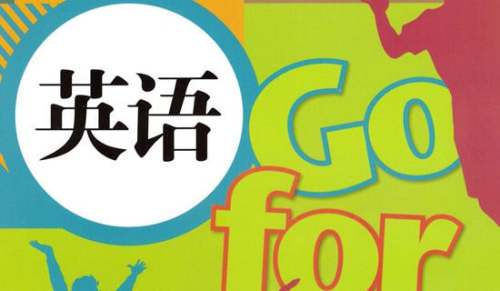用英語細(xì)說中國傳統(tǒng)的禮儀
The Etiquette in Public Places公共場合的禮儀

Chinese get used to being pushed and buffeted when they use public transportation or go shopping in public stores. They accept this as normal behavior without expecting apologies. At the same time, the Chinese have been conditioned for centuries to ignore "outsiders,”meaning anyone not a member of their family,work unit, or circle of friends. They thus behave more or less as if others do not exist.
The Concept of“Puffing People First"“他人優(yōu)先”的涵義
The concept of humanitarian treatment of our fellow citizens, so succinctly delineated in the pithy phrase "Putting People first",is not a modernor western invention. It is quintessential Confucian in origin. In pursuit of restoring social order and harmony through individual morality, Confucius advocated a hierarchical social order allowing for individual ability and dedication. He firmly believed that everyone is born with the seeds of virtue and
therefore should be treated with equal humanitarianism even as they hail from disadvantaged social backgrounds.
Traditional Custom of Ketou傳統(tǒng)的'磕頭習(xí)俗
Traditional Chinese etiquette contained situations in which ketou was performed. According to imperial Chinese protocol,ketou was performed before the emperor. During the Spring Festival,younger family members would ketou to members of each generation above them. At a wedding ceremony, the bride and bridegroom had to ketou to everyone from the eldest down to their parents in order. During ancestor worship services and the Bright and Clear Festival,ketou was also often performed.
跪拜禮
我國在東漢以前,還沒有正式的凳椅,人們在進(jìn)食、議事、看書時,是席地而坐。因此,坐時要兩膝著地,然后將臀部坐于后腳跟之上,腳掌向后向外。古人的 “坐”,實際上就是我們現(xiàn)在的“跪”。在接待賓客中,每當(dāng)“坐”著向客人致謝時,為表示尊敬,往往伸直上半身,也就是“引身而起”,使坐變成跪,然后俯身 向下,就這樣,逐漸成了日常生活中的跪拜禮。漢代以后,漸漸有高座、凳椅先后問世,人們不再“席地而坐”,因而原來生活中的“跪坐”起了很大變化。跪拜禮 仍然存在,卻變成了等級差別的標(biāo)志,主要廣泛用于官場之中。在民間,如祭祀、祝壽等風(fēng)俗中,仍然世代使用。后來又增加打千(行禮時左膝前屈,右腿后彎,上 體稍向前俯,右手下垂)、作揖(兩手合抱,拱手為禮)、鞠躬(彎身行禮)等禮節(jié)。直到辛亥革命勝利,隨著幾千年封建君主制度的覆滅,才結(jié)束了這種跪拜禮。
【用英語細(xì)說中國傳統(tǒng)的禮儀】相關(guān)文章:
英語作文中國傳統(tǒng)禮儀12-21
用英語介紹中國禮儀08-05
中國傳統(tǒng)禮儀10-29
HR細(xì)說英語面試介紹12-09
用英語介紹中國餐桌禮儀06-13
外企HR細(xì)說英語面試參考12-12
社交禮儀用英語怎么說09-01
中國傳統(tǒng)服飾著裝禮儀09-27